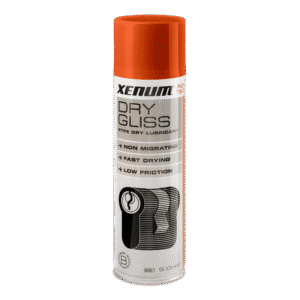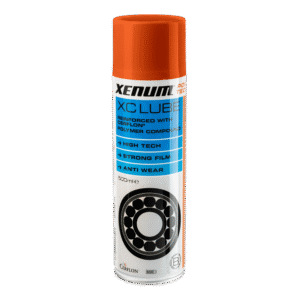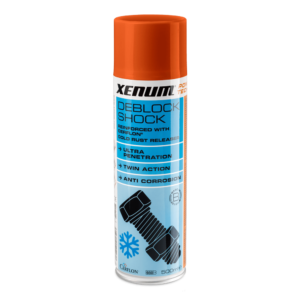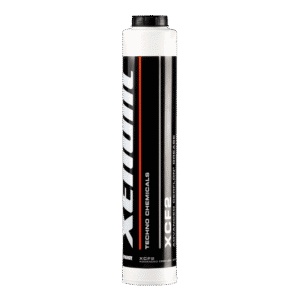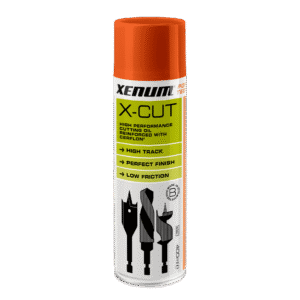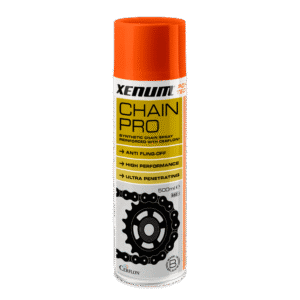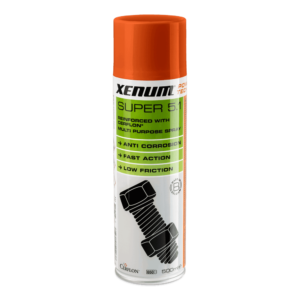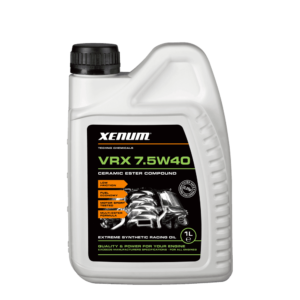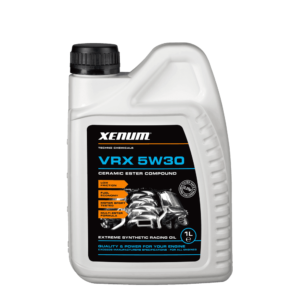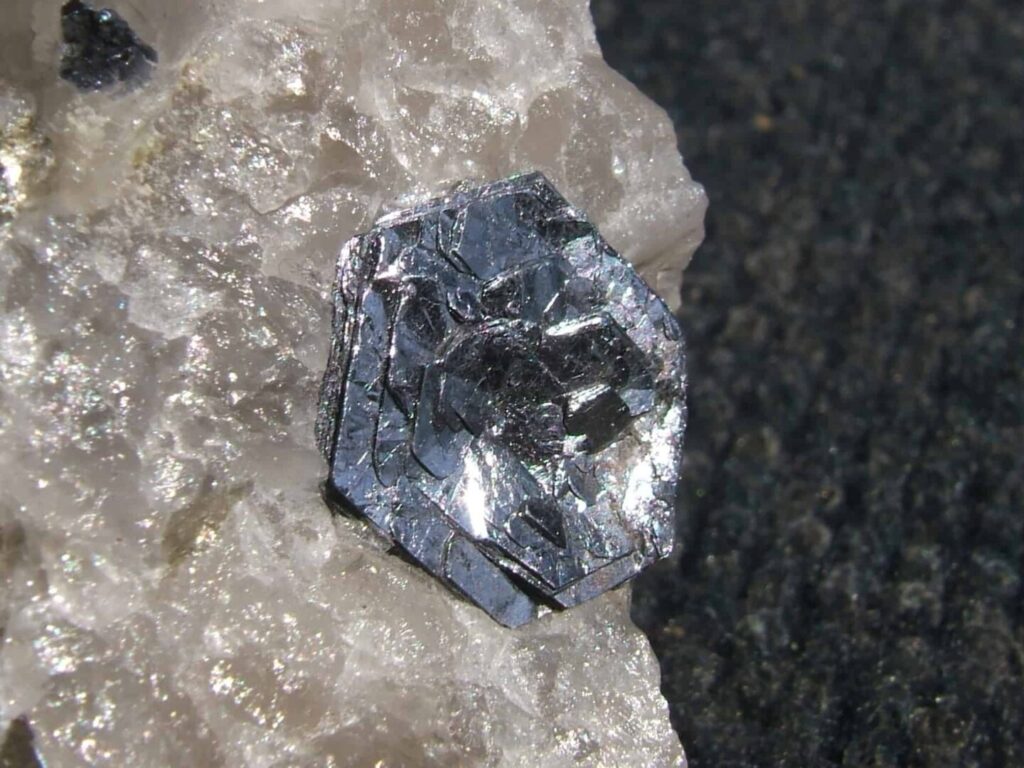In our latest article about molybdenum - molybdenum (or MoS2), we discussed many details. And now we would like to tell you about another popular component of modern additives.
PTFE, or Polytetrafluoroethylene, was created in 1938 and was patented under the convenient and probably well-known name - Teflon®.
In general, it is a solid compound with synthesized fluoropolymer. The compound repels water, has resistance to heat and high temperatures, and also maintains a very low coefficient of friction against hard materials. And these are just some of the advantages of Teflon (PTFE).
Manufacturers of additives very quickly realized that the compound can be used in cars as an active ingredient for oil. However, we are here to tell you all about it, so let's take a look with you, is Teflon really as perfect as it is thought to be?
WARNING! Teflon, as a compound, is not recommended to be added to engine oil.
For 1980s, company. that developed Teflon® conducted testing and announced that Teflon® should not be used as an active ingredient in motor oils, or oils used in internal combustion engines.
Manufacturers and sellers refused to use Teflon for additives, and even those companies that continued to use them were sued.
So, we understand, it is forbidden to use the component in additives. BUT!
There are many other possibilities where the characteristics of this compound can be used. For example, we have developed and offer – Xenum Dry Gloss, an excellent lubricating spray that can be used in places of lower loads, where the need for lubrication is not so critical, but it would have a positive effect on the overall performance of the car. And not only that!
The properties of PTFE can be used in many situations and on various surfaces. For example, on plastic, or on rubber-metal joints where additional lubrication is required. Its greatest advantage for us lies in its excellent properties that can be used in situations where other solutions will be either ineffective or too expensive.
The great advantage of this product is that it easily repels dirt, dust and mud, and at the same time does not lose its properties even during long-term use.
Let's return to the products. Our solution is Cerflon®
After the failure of PTFE, another development was patented 1998 year She became - Cerflon®. In general, it is the same compound Polytetrafluoroethylene (Teflon), however, with ceramic nanoparticles (boron nitride). The advantage of this improvement was that the additive received higher viscosity, works better under various changes in operating temperature, and also absorbs energy better. In general, we received a compound of a completely different level and efficiency.

Cerflon® nanoparticles in Xenum products
Despite the fact that the ceramic nanoparticles themselves significantly improve the properties of PTFE (Teflon), for our oils of the highest grade we suggest getting even more.
But we do not forget about the properties of Cerflon® as an excellent lubricant and use it in our products such as: Chain Pro, Super 5.1, XC Lube, Deblock Shock and X-Cut.
As you can see, we have found uses for the compound in matters such as lubrication of various surfaces such as chains, bearings, or even tools for repair or home work.
But we do not forget about the properties of Cerflon® as an excellent lubricant and use it in our products such as: Chain Pro, Super 5.1, XC Lube, Deblock Shock and X-Cut. As you can see, we have found uses for the compound in matters such as lubrication of various surfaces such as chains, bearings, or even tools for repair or home work.
Moreover, our universal lubricant - XCF2 also contains Teflon ceramic nanoparticles (PTFE) among its components.
Stay with us!
Subscribe to our newsletter and get the latest news from the world of auto mechanics every week. There is a lot of interesting stuff ahead that we would like to tell you about Xenum technologies and products.


